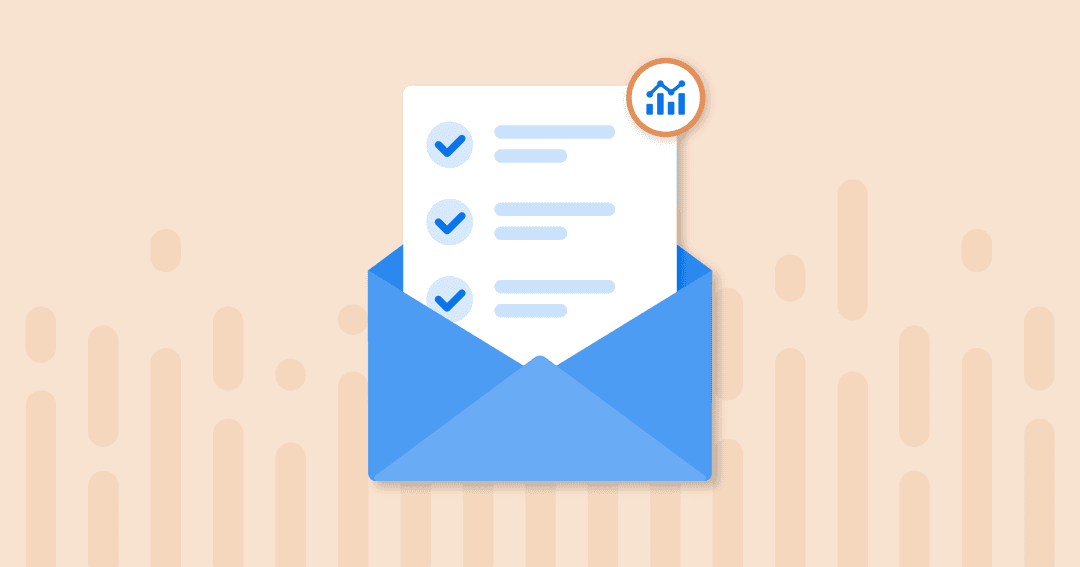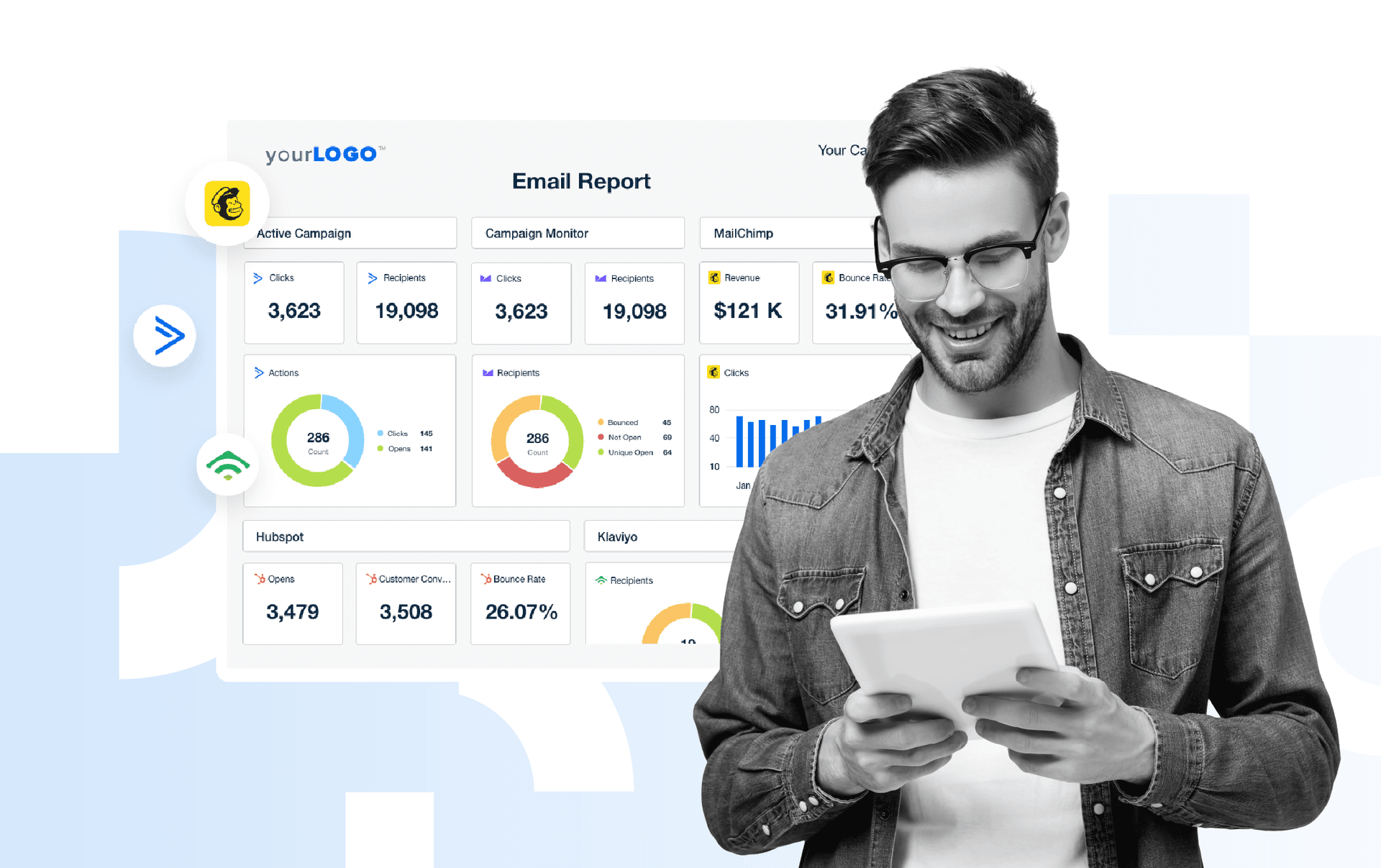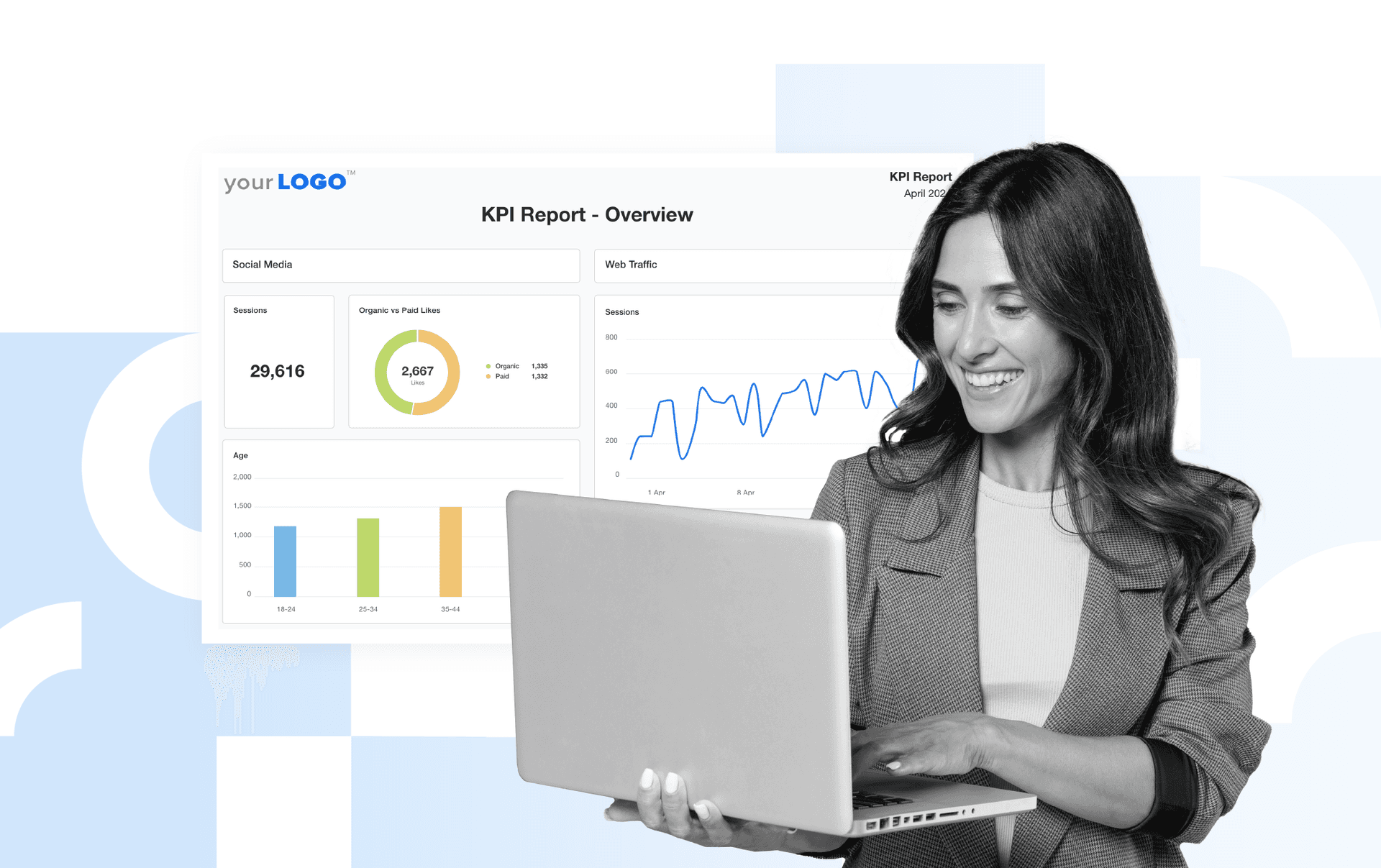Table of Contents
QUICK SUMMARY:
Email Marketing KPIs are quantifiable metrics used to evaluate the effectiveness and success of email marketing campaigns. These KPIs help marketing agencies understand campaign effectiveness and target audience engagement, aligning with client goals. This guide offers an in-depth look at these campaign metrics, equipping agencies with the tools and insights to track, interpret, and optimize email strategies for maximum impact.
A staggering 87% of brands identify email as critical to business success.
Yes, the digital era is always brimming with new channels and new opportunities to reach and engage with the target audience. Despite the things that make us want to succumb to Shiny Object Syndrome, the relevance of delivering the right message to an email recipient's inbox remains unwavering.
That being said, the success of every email marketing campaign hinges on understanding and leveraging key performance indicators (KPIs). By accurately tracking and analyzing the right KPI and metrics for email marketing, agencies gain valuable insights into customer engagement and behavior, providing data-backed insights that help fine-tune strategies for better email results.
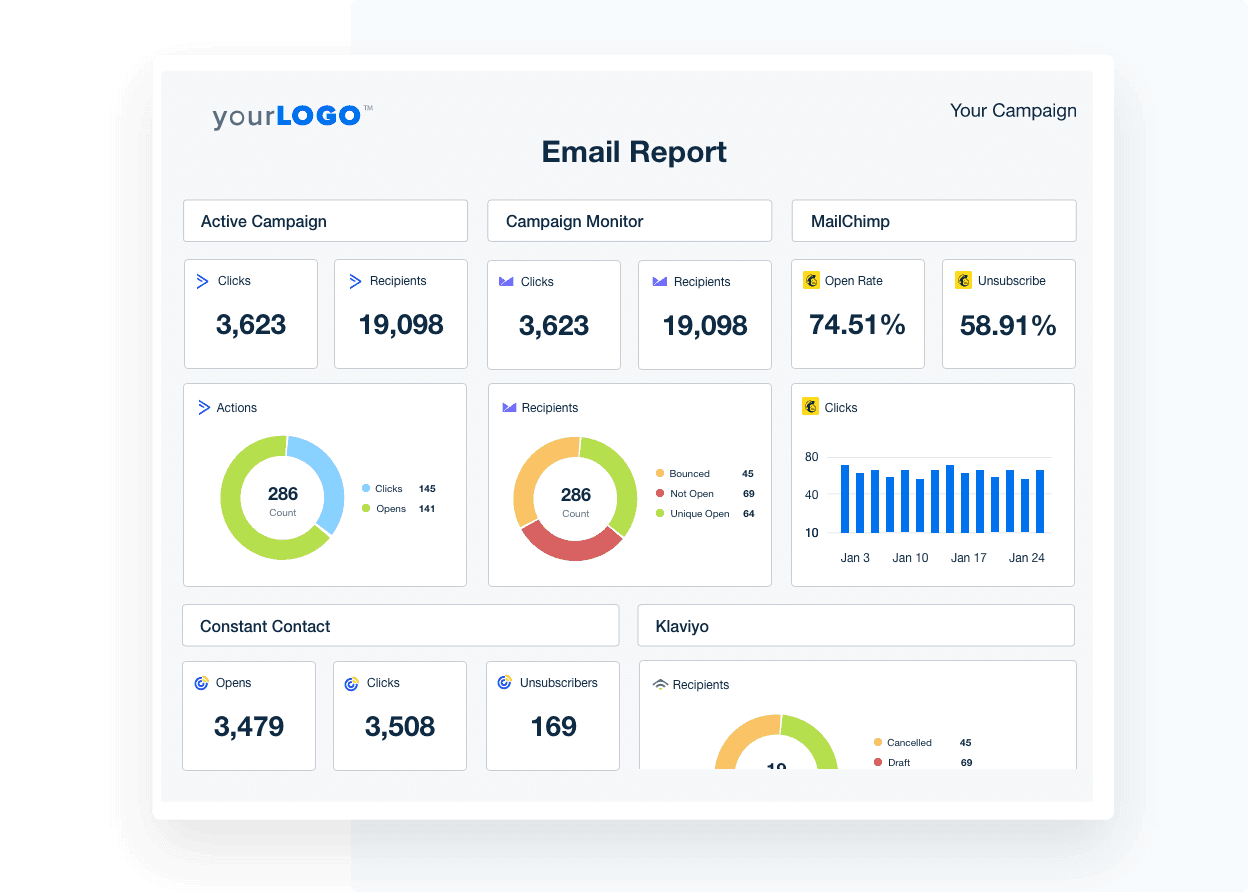
Easily track metrics and KPIs from multiple campaigns with AgencyAnalytics. Spend last time manually pulling data for client reports and more time creating winning email marketing campaigns. Try AgencyAnalytics free for 14 days!
This guide will empower agencies with a comprehensive understanding of these metrics and KPIs, allowing them to optimize email campaigns for maximum impact.
Each KPI covered in this guide provides a unique perspective on the performance of an email campaign, from open to click-through rates and beyond. By mastering these metrics and KPIs for email marketing, agencies enhance client email marketing strategies, ensuring better engagement and stronger results.
What Are Email Marketing KPIs?
A Key Performance Indicator (KPI) measures the effectiveness of an organization in achieving its strategic objectives. KPIs provide actionable insights to drive decision-making and optimize performance. They are specific, measurable, and aligned with the goals of the business, helping track progress and identify areas for improvement.
Email Marketing Key Performance Indicators are the navigational beacons that guide agencies through the complex world of email marketing. They provide data-driven insights into the effectiveness and impact of email strategies.
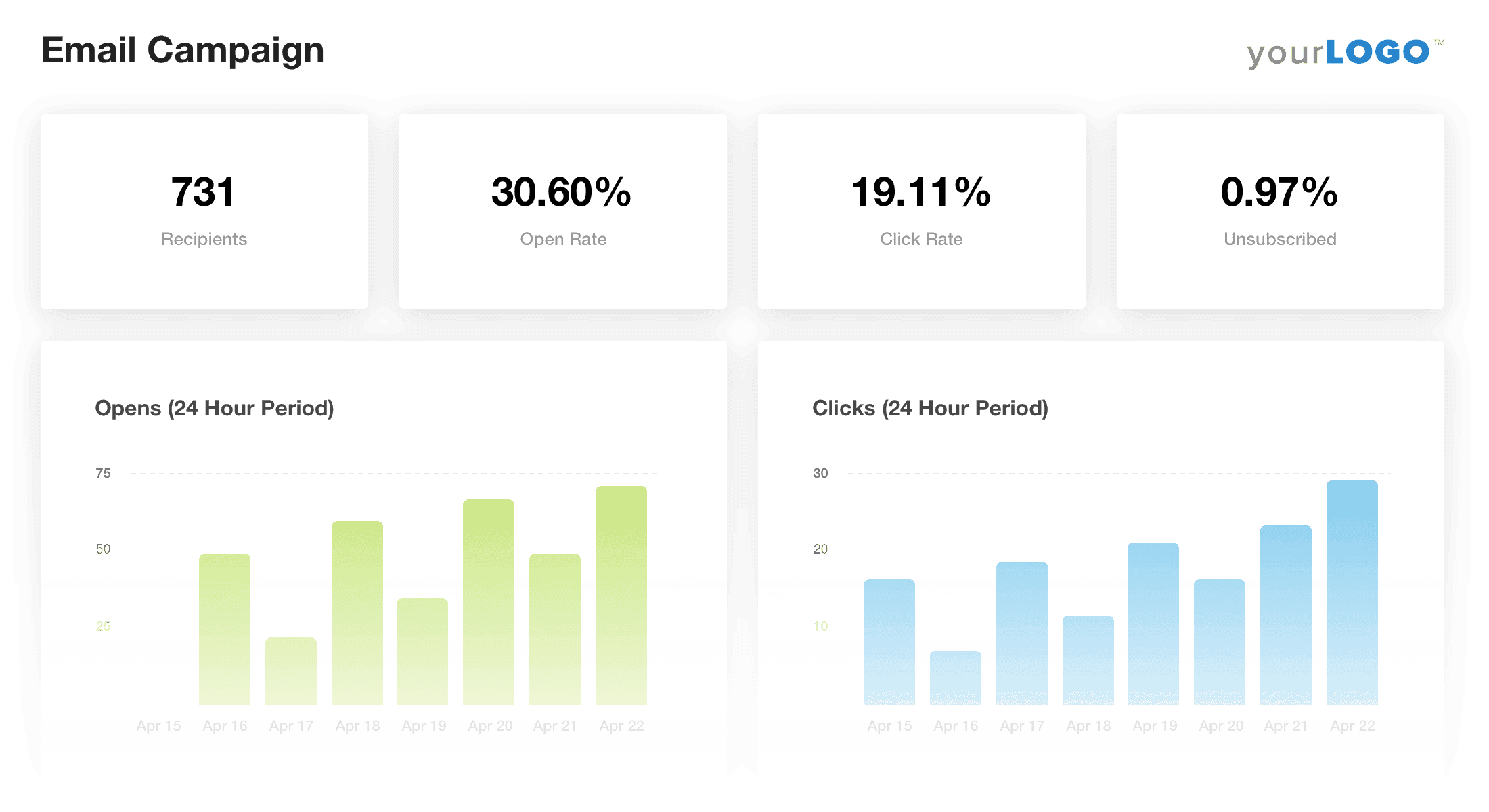
These KPIs provide detailed insights into various aspects of email performance, such as how many emails are successfully reaching the inbox, the level of engagement from the audience, and the ultimate impact on business goals.
The Role of KPIs in Strategy Formulation and Campaign Optimization
The insights derived from important email marketing KPIs inform strategic decisions, helping agencies to tailor email content, design, and messaging to better meet their audience's preferences and behaviors. By analyzing these KPIs, agencies identify successful elements of past campaigns and identify areas that need improvement, leading to more targeted and effective future campaigns.
Here are just a few examples of how these KPIs may be used to boost email effectiveness:
Email Deliverability = List Hygiene: A high email bounce rate could signal issues with email list health, such as a bunch of invalid email addresses or a problem with the client's email service provider. Agencies use this KPI to clean their clients’ lists, removing invalid or inactive email addresses. This improves deliverability, avoids emails landing in users' SPAM folders, and ensures better accuracy in measuring engagement KPIs.
Open Rates = Optimizing Send Times, Frequency, and Subject Lines: An email marketer will typically analyze engagement metrics like open rates across different days and times helps agencies pinpoint the optimal moments to send emails. As subject lines are the first impression of every email, A/B testing options help improve open rates when the subject matter meets the recipient’s needs.
Click-through Rates = Segmentation and Personalization: By examining click-through rates, agencies identify which topics or offers resonate most with the audience. This insight allows for the segmentation of the email list based on interests or behaviors, leading to more personalized and relevant content that is likely to improve engagement and conversions.
Side Note: There are three distinct types of Click-through Rates email marketers use to measure email click engagement
Clickthrough Rate (CTR): Measures the percentage of recipients who clicked on a link within the email out of the total number of emails sent. This KPI evaluates the overall engagement of the entire email list.
Click to Open Rate (CTOR): Measures the percentage of recipients who clicked on a link within the email out of the total number of emails opened. This KPI provides insight into the effectiveness of the email content for those who opened it.
Call to Action Metrics: Evaluate the effectiveness of specific calls to action within the email by measuring the percentage of recipients who performed the desired action (e.g., clicking a button or link) relative to the total number of recipients or those who opened the email. This can be a challenge with some platforms if they don't difference a CTA click vs an anchor text click if they both point to the same link.
Revenue & ROI = Reporting Success: By tracking revenue per email or revenue per subscriber, agencies directly tie their email marketing efforts to financial outcomes. This KPI helps quantify the contribution of different successful campaigns and strategies to the client’s bottom line.
The Difference Between Email Marketing Metrics and Email Marketing KPIs
While often used interchangeably, email marketing metrics and KPIs are not the same. Metrics are the broad range of data points collected from an email campaign, such as emails sent, emails delivered, open rates, and click-through rates.
On the other hand, KPIs are a subset of these metrics, specifically chosen for their relevance to the agency's strategic goals. For instance, if reducing spam complaints is a priority due to stringent policies of internet service providers, then the spam complaint rate becomes an important email marketing KPI.
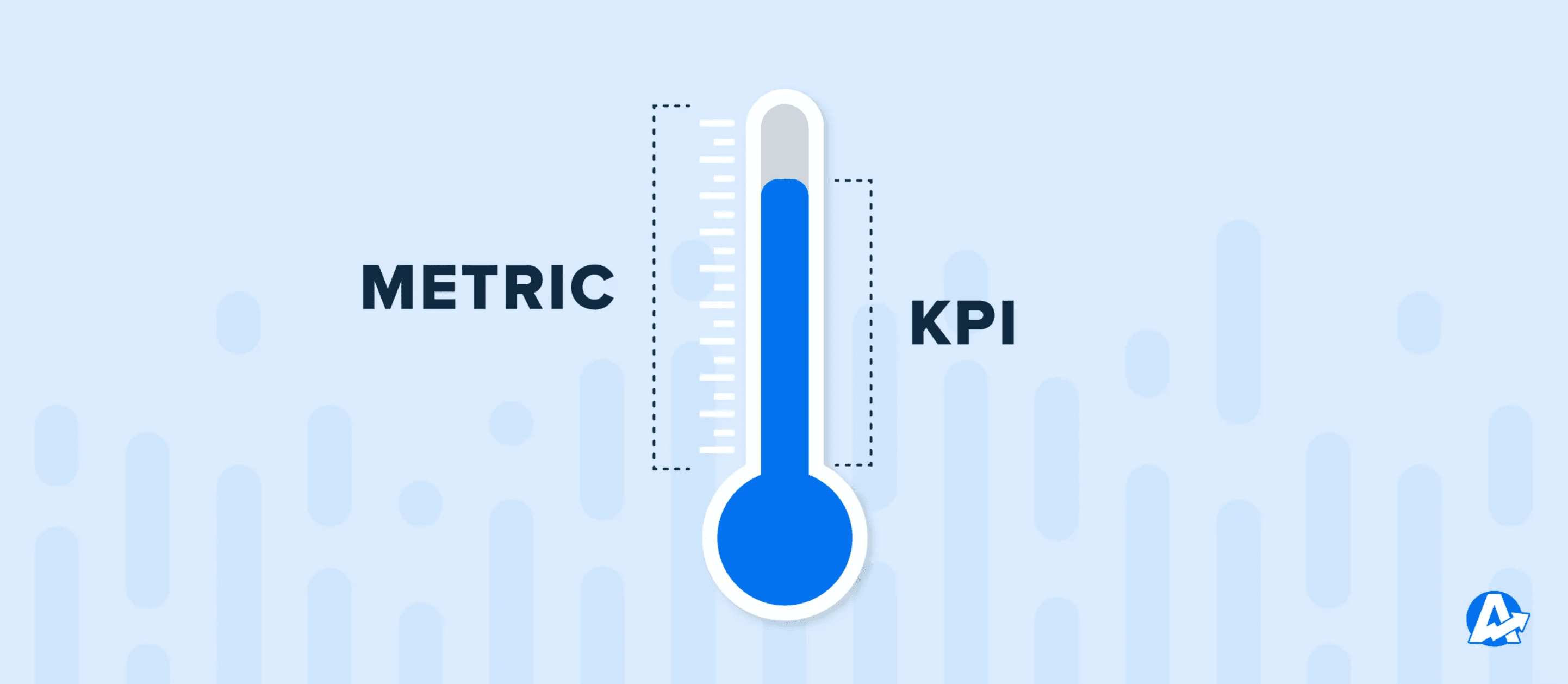
KPIs are essentially the metrics that matter most, the ones that directly tie into the campaign’s objectives and the client’s overall business goals.
Top 12 Email Marketing KPIs to Measure
Email marketing campaigns thrive on data-driven insights. After all, email marketing is not just about sending messages; it's about knowing how these messages perform and what impact they have.
By focusing on these top KPIs, you are better equipped to identify and understand what works and what doesn’t in a client’s email marketing strategy.
1. Email Delivery Rate
Email Delivery Rate is the percentage of emails that successfully land in the recipients' inboxes. It's a straightforward concept: If you send 100 emails and 95 reach the inbox, the delivery rate is 95%. This metric is important in email marketing as it shows whether emails navigate the maze of internet filters and reach the intended audience.
If emails don't reach the intended inbox–for a variety of possible reasons–the message, no matter how compelling, goes unseen. A high delivery rate means that emails are arriving as intended, increasing the chances that the content will be seen and acted upon.
2. Open Rate
Open rate is an initial gauge of recipient engagement and interest. A high open rate generally indicates that the email's subject line is effective, capturing attention and sparking curiosity. For agencies managing client campaigns, this KPI is a crucial indicator of how well the initial message resonates with the target audience.
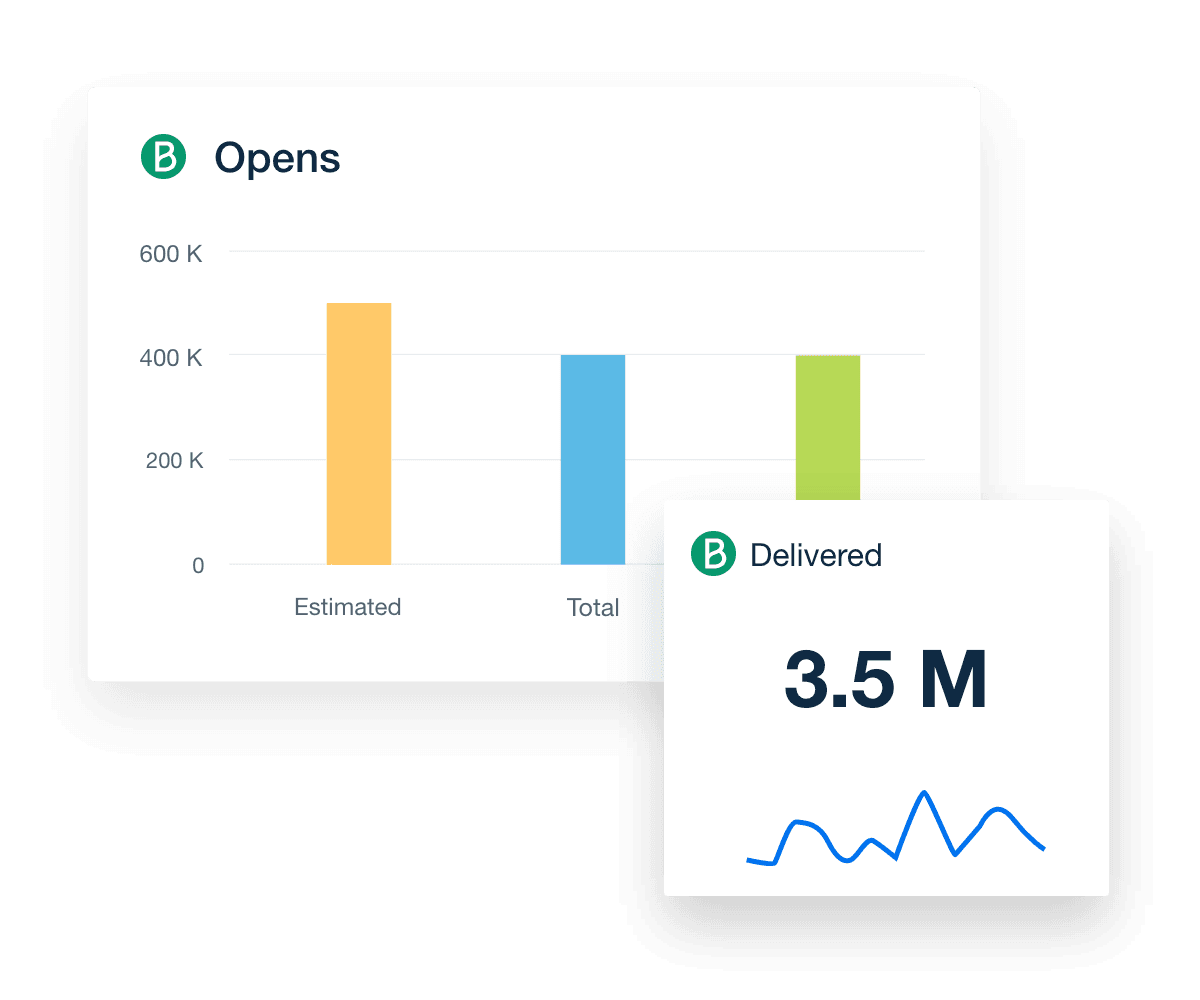
Monitoring the email open rate helps agencies fine-tune subject lines and sender names, both of which help messages stand out in crowded inboxes. The open rate also provides insights into the best times and days to send emails, optimizing the chances of them being noticed and opened.
Those are just some of the reasons many consider email open rate to be a foundational metric for understanding and enhancing the effectiveness of a client's email marketing strategy.
3. Click-through Rate (CTR)
Next, your clients will want to know whether or not their list is actually reading their marketing emails and taking action. After opening an email, the next key metric to monitor is its click-through rate (CTR).
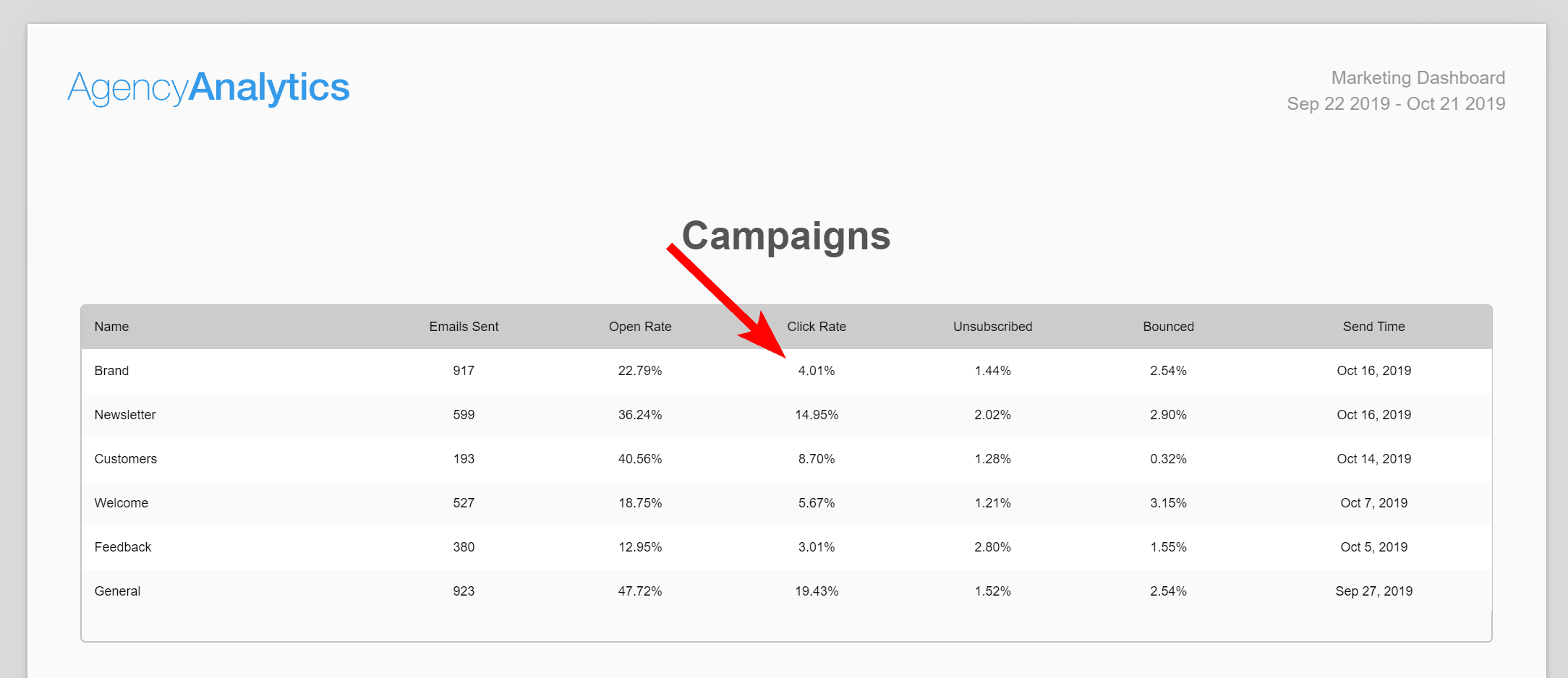
Email Click-Through Rate is the percentage of email recipients who click on one or more links within an email. It's calculated by dividing the number of clicks by the number of delivered emails, then multiplying by 100. For instance, if an email is sent to 200 people and gets 20 clicks, the Email CTR is 10%.
It is important to distinguish between Email CTR and Email Click-to-Open Rate (CTOR). While CTR measures clicks against the total emails delivered, CTOR measures clicks against only the opened emails. CTOR offers a more focused view, revealing how engaging the email content is to those who actually read it.
In all, tracking email CTR is key for agencies to gauge the effectiveness of a client's email content and design. It's an important metric for understanding audience engagement and refining email strategies to improve client campaign outcomes.
Below is an example of tracking CTR within AgencyAnalytics from a demo MailChimp account, which includes the number of Mailchimp analytics, such as, emails sent, open rate, click rate, unsubscribe rate, and bounce rate:

4. Unsubscribe Rate
How many times have you personally unsubscribed from an email newsletter or other online subscription? Chances are, plenty. There are many reasons why consumers discontinue their subscriptions with various companies, and these reasons are much the same for your email audience.
One of the most common reasons people unsubscribe is that they're receiving way too many emails. No one likes to constantly delete marketing emails. Thankfully, you're able to track the unsubscribe rate and fix it before it becomes a problem.
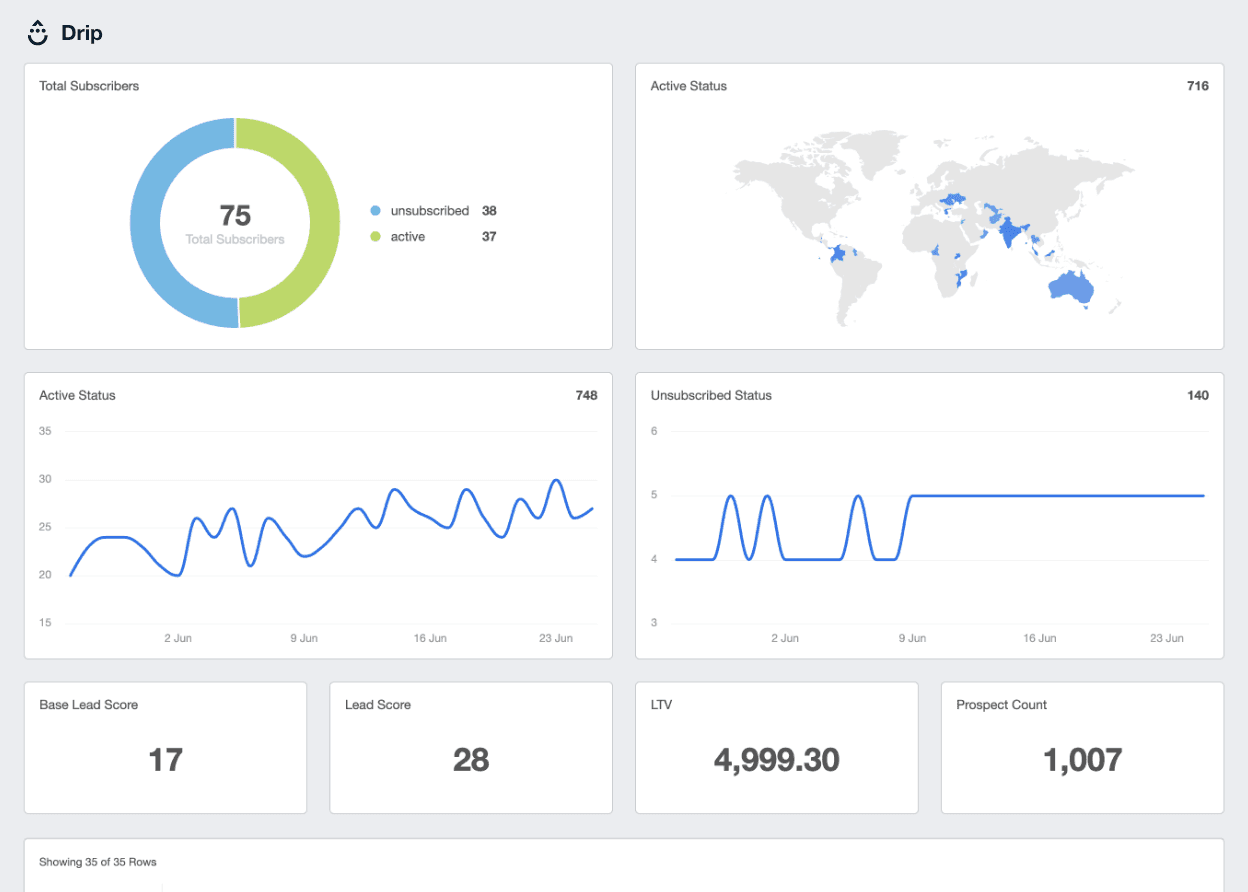
Typically, achieving an unsubscribe rate below 0.5% is considered acceptable for an email campaign. If you're going over that number, you should think about scaling back a bit and tweaking the content of your emails.
A few ways to keep the unsubscribe rate down include:
Look at how many emails you've sent out within your highest month of unsubscribes. If you're sending too many emails, you'll likely notice an increase in the unsubscribe rate.
Consider what type of content you were sending within those emails. Were they too promotional? Was the information not relevant to your client's customer base?
What was the tone of the emails? Did you excite the audience at all? A higher unsubscribe rate may indicate an engagement problem that could be fixed by changing the email's messaging.
In order to achieve these goals, A/B testing is another valuable technique to optimize email performance over time.
5. Email Bounce Rate
In the context of email marketing, bounce rate is defined as the percentage of emails that were not successfully delivered to recipients. This is one of the most frustrating aspects of email marketing, because it affects how your client is viewed in the eyes of email service providers–hence why it should be tracked closely.
Too many bounced emails result in emails looking like spam and should be avoided at all costs.

There is no "good" bounce rate metric. This differs for every company and every type of business. The best you can do is monitor this rate to give yourself a benchmark, and then track your agency’s progress for better or worse.
There are two types of email bounce rates to consider: soft and hard bounces.
Soft Bounces
Soft bounces occur when there's a temporary issue with the recipient's mailbox. Maybe they have too many emails, or their server is down. Typically, this won't affect anything on the sender’s end because you can simply resend the email without any problem.
Hard Bounces
Hard bounces are the ones that negatively affect a sender’s email reputation and deliverability, and are thus important to fix. Hard bounces occur when an email is sent to an invalid or non-existent email address.
Perhaps someone entered the email address incorrectly. Or, the subscriber has abandoned their old email address and shut down that account. Things happen, but it’s possible to fix these errors by immediately removing implicated addresses from your client’s email list. This way, you won't sacrifice the bounce rate by keeping outdated contacts on the list.
If you want to learn more about how to reduce your bounce rate, check out these 12 tips from OptinMonster.
Impress clients and save hours with custom, automated reporting.
Join 7,000+ agencies that create reports in under 30 minutes per client using AgencyAnalytics. Get started for free. No credit card required.
6. Forward Rate
When it comes to email marketing, many clients want to know exactly how many times their content is being shared, which brings us to the forward rate.
Why is forward rate an important metric? You and your clients are always looking for more potential leads, and finding them isn't always easy. When the target audience shares or forwards an email, this is a great indicator that the content is resonating with them (with the added bonus of gaining new leads).
With this metric, agencies track which emails and content are the most popular, and then apply this knowledge to future email marketing strategies.

7. Conversion Rate
Conversion rate is undoubtedly one of the most important KPIs to monitor for your client, since the whole point of a marketing email is to get the reader to take action.
In order to track conversions from email, create URLs that are specific to your email campaign links, and monitor who completed the task because of your email. This is known as UTM tracking, which you can learn more about in our guide on the subject here.

From there, go back to your Google Analytics report template in AgencyAnalytics and click Channel > Email, which provides you with detailed information on your conversion rate, goal completions, goal value, and more.
8. Email List Growth Rate
Why is Email List Growth Rate an essential KPI in email marketing? It's simple: this metric directly reflects the health and potential of a client's email marketing lists.

An increasing list suggests that more people are interested in what the client has to offer, reflecting positively on brand reach and audience engagement. Conversely, a stagnant or declining list often signals issues in the campaign strategy or a disconnect with the target audience.
For agencies, monitoring Email List Growth serves multiple purposes:
Campaign Effectiveness: Growth in the email list indicates successful acquisition strategies, such as effective lead magnets, compelling content, or strong calls-to-action in the client's campaigns.
Brand Awareness and Reach: A growing list suggests that the client's brand is gaining traction and reaching a broader audience. It's a sign that the marketing efforts are moving in the right direction.
Long-Term Viability: Regularly adding new subscribers helps maintain the vitality of email campaigns. It compensates for the natural churn rate–the rate at which people unsubscribe or abandon their email accounts–ensuring the client's message continues to reach a significant audience.
Opportunities for Personalization and Segmentation: With a growing list, agencies have more data at their disposal. This data is then used to segment audiences and personalize content, which often leads to higher engagement rates.
9. SPAM Complaint Rate
The SPAM Complaint Rate is a measure of how often people flag a client's email as spam. It's important because it affects several aspects of an email marketing campaign. When the spam rate is high, it risks damaging the client's reputation with email providers. This means emails are more likely to end up in the spam folder–far away from the reader’s view–reducing how effective the email campaign is.
A high spam complaint rate may not be a reflection of the list quality. This often suggests that the email content isn't resonating with the audience. It might be viewed as intrusive or irrelevant, which is the opposite of an effective email campaign.
Beyond the immediate impact on the campaign, a high rate of spam complaints may indicate non-compliance with email marketing laws like the CAN-SPAM Act in the U.S., and may lead to legal issues for the client.
In essence, managing the SPAM Complaint Rate effectively is about ensuring the email campaign is successful, legally compliant, and maintains a positive reputation for the client.
10. Revenue Per Email
Revenue Per Email quantifies the financial return from each email sent in a campaign. This KPI is calculated by dividing the total revenue generated from an email campaign by the total number of emails sent. For example, if a campaign generates $5000 from 10,000 emails, the Revenue Per Email is $0.50.
Tracking Revenue Per Email highlights the financial effectiveness of a client's email marketing efforts and directly ties the email campaign to tangible business results. By having a clear read on the revenue generated per email, agencies evaluate whether the campaign is financially worthwhile (based on the time and effort to create and distribute the email).
Revenue Per Email also makes comparing performance across different campaigns or strategies easier. Agencies use this data to determine which types of emails (such as promotional, informational, or newsletters) are the most effective at driving revenue.
Finally, this KPI serves as a benchmark for continuous improvement. Agencies use Revenue Per Email to set targets and goals, striving to improve this metric through optimization techniques such as A/B testing, personalization, and improved targeting or segmentation.
11. Revenue Per Subscriber
Similar to Revenue Per Email, Revenue Per Subscriber is a straightforward yet powerful metric in email marketing campaigns. It calculates the average amount of revenue generated from each subscriber on an email list. To find this number, divide the total revenue from email campaigns by the total number of subscribers.
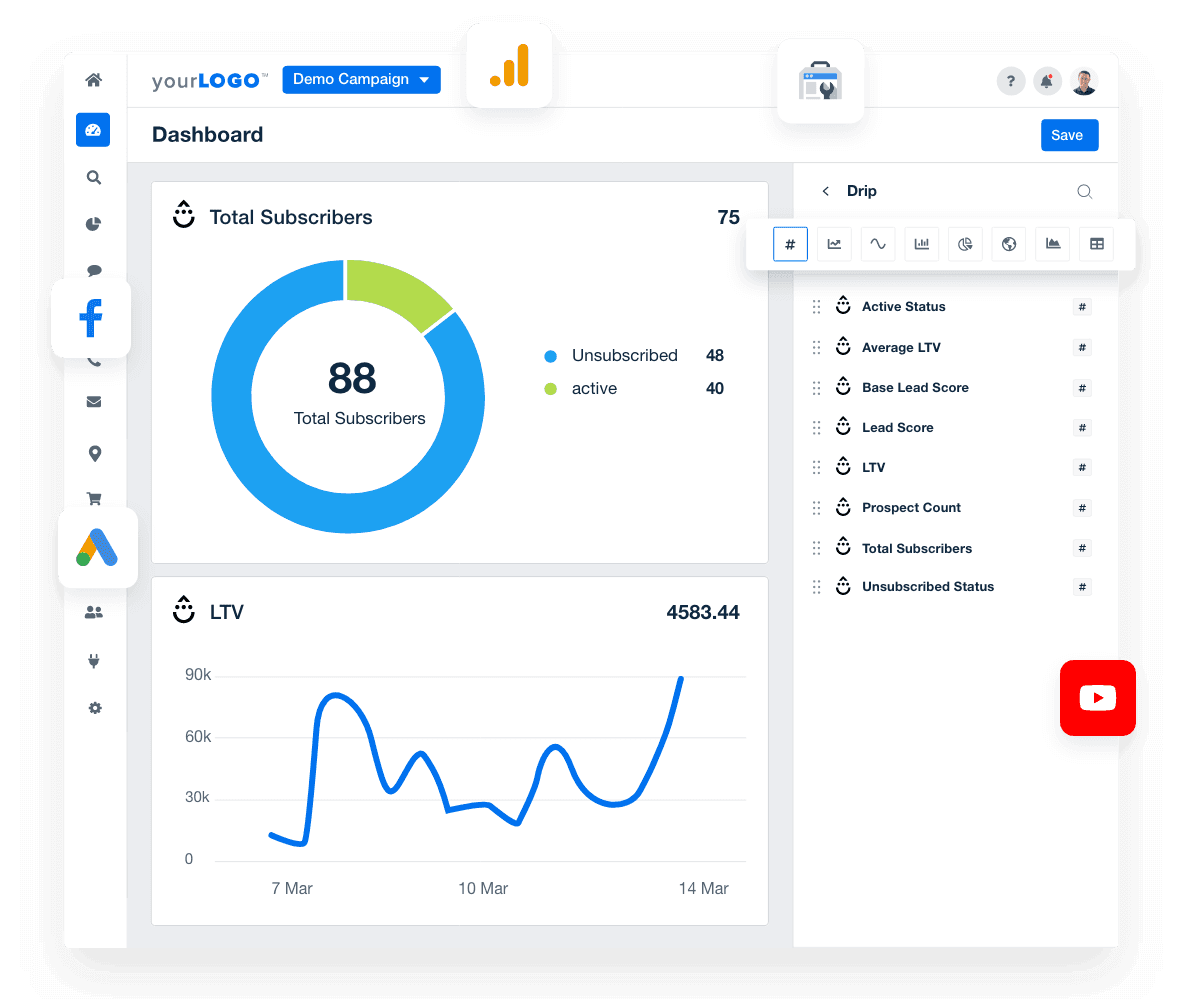
Why is this metric important? It shines a light on the total financial value each subscriber brings to the client’s business. By tracking Revenue Per Subscriber, an agency clearly shows how effective email campaigns are at turning subscribers into revenue.
If the revenue per subscriber is high, it means the email strategy is on track. If it’s low, it’s a signal to revisit the contact acquisition strategies, email content, offers, or the broader email marketing plan.
12. Overall ROI
Finally, just like any other marketing channel, you want to show your clients the total revenue and overall ROI of their email marketing campaigns.
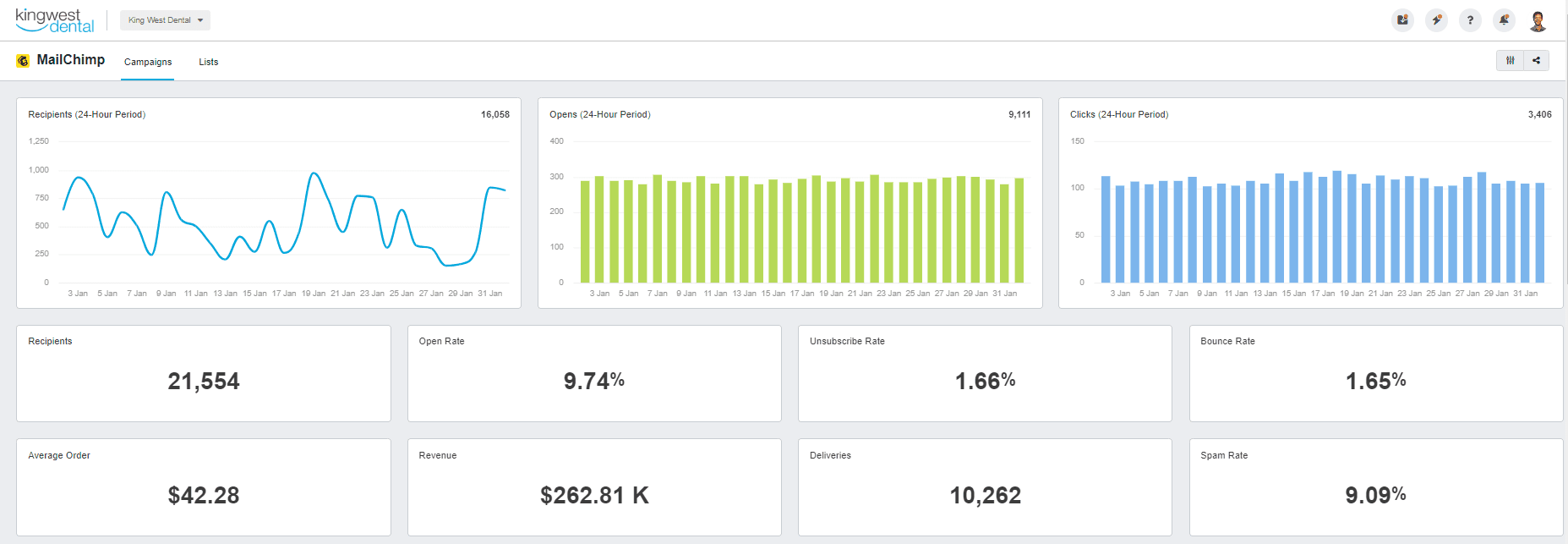
Although Mailchimp has integrated revenue tracking, in order to track total revenue for some other email reporting integrations from AgencyAnalytics, all you need to do is set up Goal Values in Google Analytics and then divide this by your email-related costs to get the ROI.
Translating KPIs Into Email Marketing Campaign Strategies
Email KPIs shine a light on the effectiveness of each campaign, empowering agencies to craft strategies that are not just based on gut feelings but on solid, actionable data.
For example, email KPIs like click-through rates and engagement metrics reveal what content sparks interest among your audience. Discovering that how-to guides or industry insights receive more clicks might inspire a shift towards educational content, transforming email newsletters into a go-to resource for valuable information.
From Data Analysis To Actionable Insights
Effective data analysis turns raw email marketing metrics into actionable insights. Agencies must analyze trends and patterns in the data to identify what's working and what's not.
For example, a decline in open rates could indicate a need to revise subject lines or modify the email sending schedule. This approach shifts strategy development from guesswork to an evidence-based method, ensuring decisions are grounded in actual campaign performance.
Aligning Strategies With Client Objectives
The success of an email marketing campaign hinges on its alignment with the client's specific goals. Whether the aim is to increase sales, engagement, or brand awareness, selecting and focusing on relevant KPIs is critical.
For instance, if the goal is sales growth, prioritizing click-through and conversion rates is essential. This ensures every element of the email campaign directly supports the client's business objectives.
Proactive Identification of Negative Trends
Early detection of negative trends in KPIs allows agencies to address potential issues before they impact campaign results. Regular monitoring of metrics like unsubscribe rates will reveal underlying problems, such as content relevance or audience fatigue.
Addressing these issues promptly helps to maintain the health and effectiveness of the campaign, preventing minor setbacks from turning into significant obstacles.
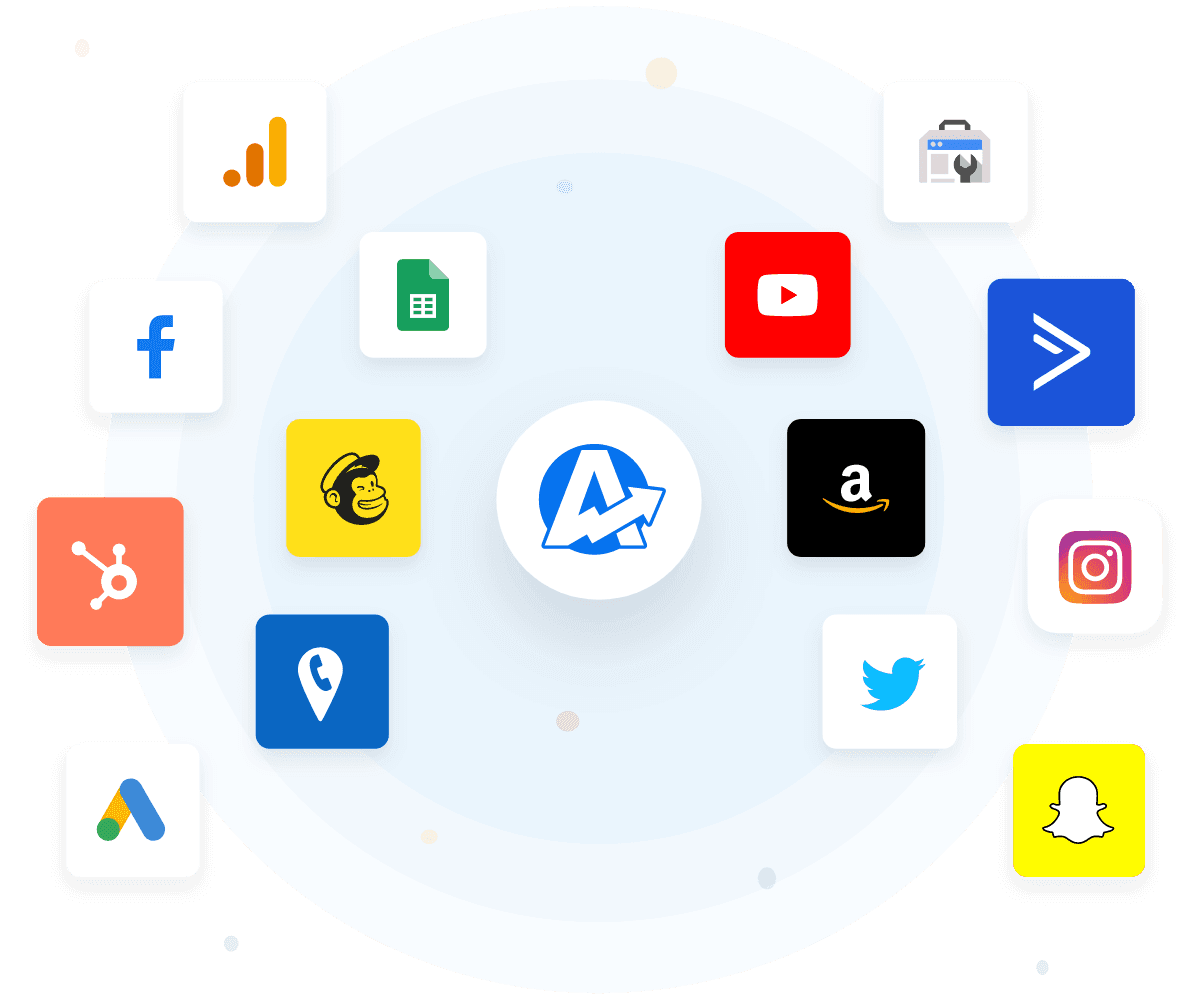
Enhance the depth of email marketing analytics by integrating data from more than 80 platforms. Gain insights on the big picture–try AgencyAnalytics free for 14 days.
How To Create an Email Marketing Report for Clients
Creating compelling email marketing reports is key for agencies to demonstrate the value of their work to clients. These reports should be informative and engaging, helping clients understand the email marketing campaigns' impact on overall business performance.

Here are five tips for creating reports that inform and impress clients:
Tip #1: Focus on the KPIs That Matter to Clients
Tailor your reports to highlight the KPIs most relevant to the client's specific goals. Whether it's open rates, click-through rates, conversion rates, or ROI, ensuring these metrics align with what the client values most will make your reports more impactful.
Tip #2: Integrate Email KPIs With Other Campaign Metrics
Clients often run multiple digital marketing campaigns simultaneously. Integrating email marketing KPIs with data from other platforms, such as Google Analytics 4, Google Ads, Facebook, and SEO rankings, provides a more comprehensive view of their overall digital marketing performance.

This holistic approach allows clients to see how their email marketing efforts complement and enhance their other marketing strategies.
Tip #3: Utilize Automated Reporting Tools
AgencyAnalytics streamlines the client reporting process. The platform automates data collection and report generation, saving time and reducing the likelihood of errors.
Automated email marketing analytics tools also provide live data, giving clients access to the latest results where and when they need it.
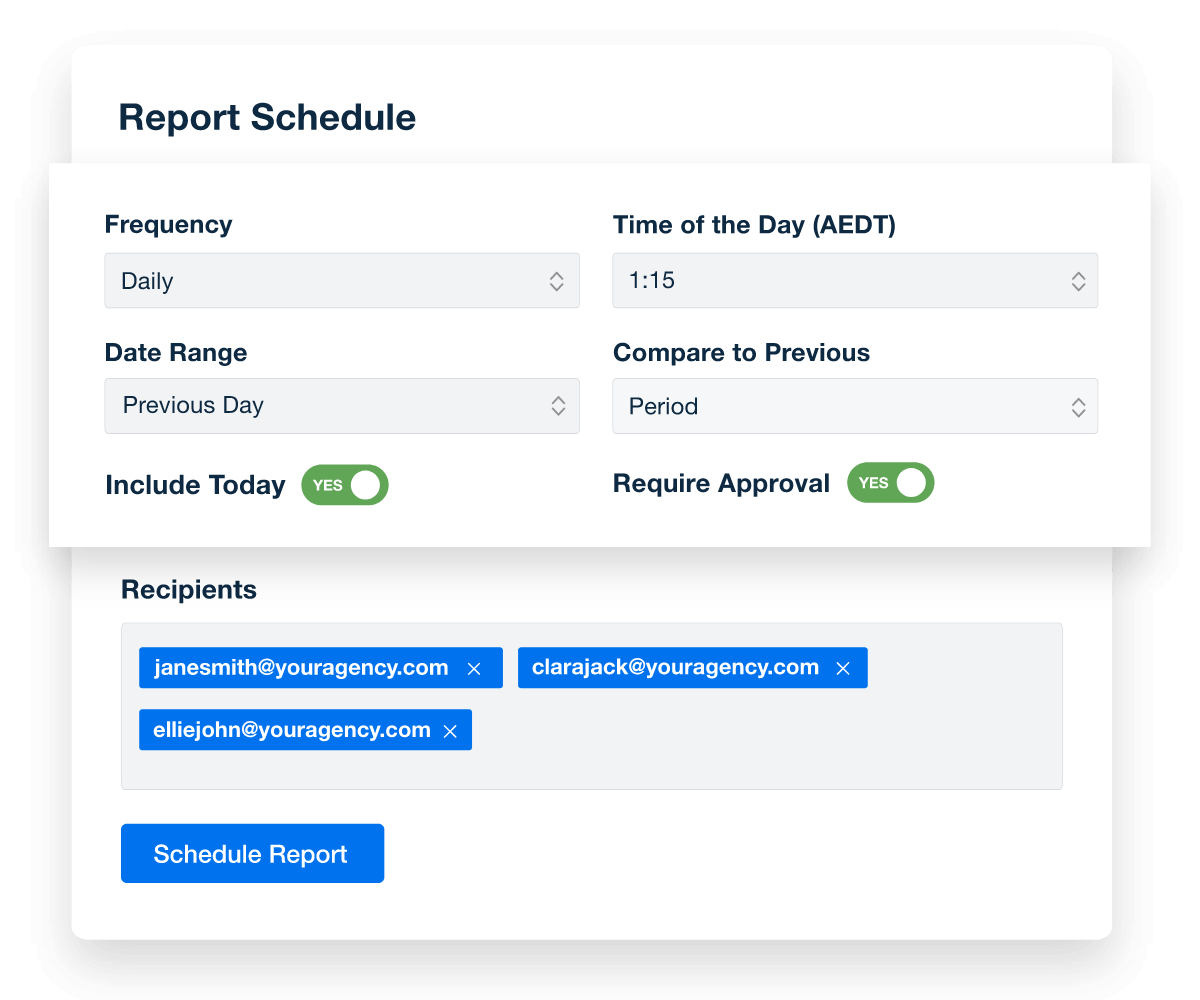
Tip #4: Brand Your Reports
Using white label client reporting tools, brand your reports with your agency's logo and color scheme. This reinforces your brand and adds a professional touch to the reports. Branded reports that highlight success strengthen your agency's identity in the client's mind, making your services more memorable and indispensable.
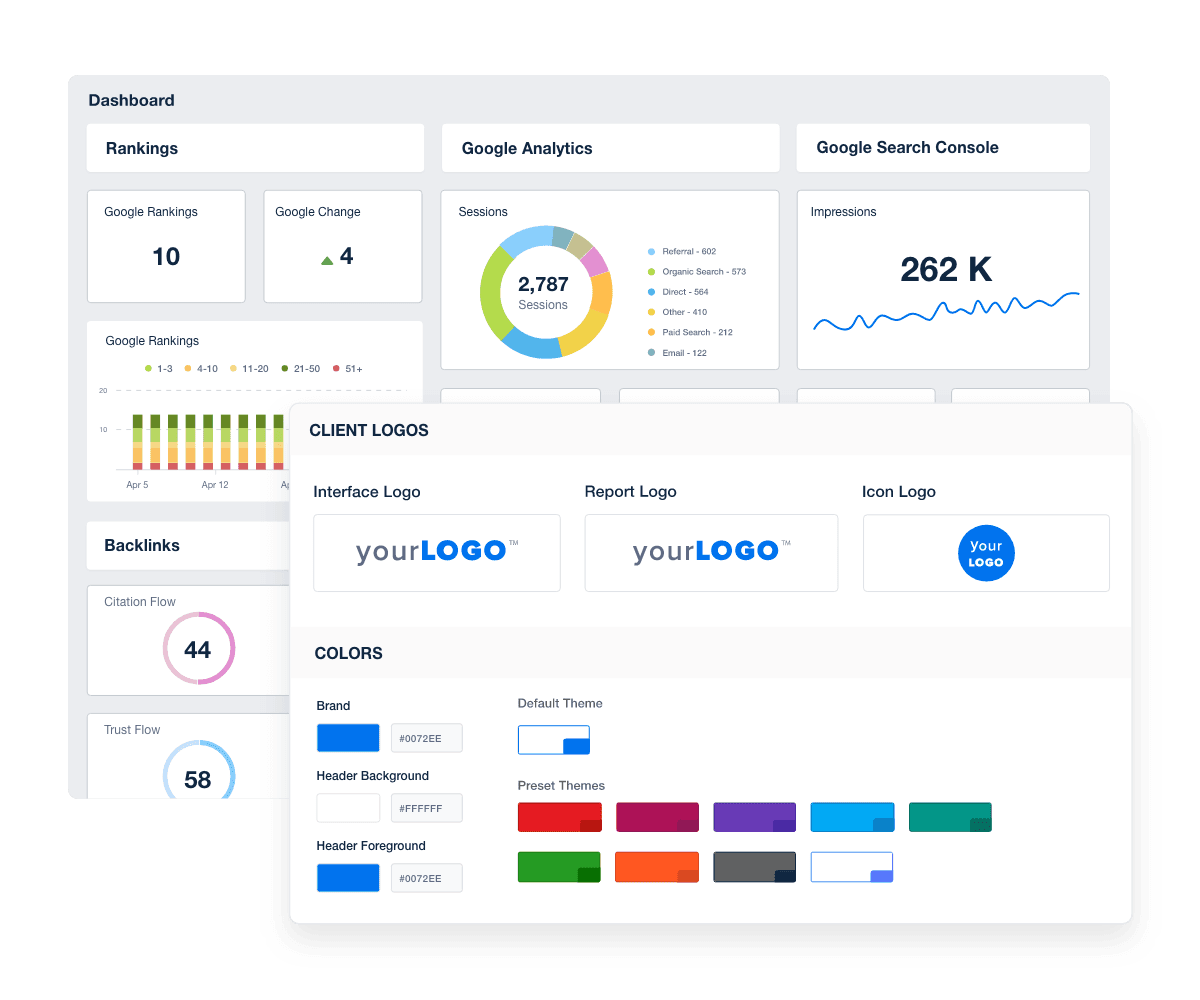
Tip #5: Visualize Data Effectively
Incorporate charts, graphs, and infographics to make complex data more digestible and engaging. Visual aids help clients quickly grasp key insights and trends. An appealing and easy-to-understand visual representation of data significantly enhances the impact of your email marketing reports.
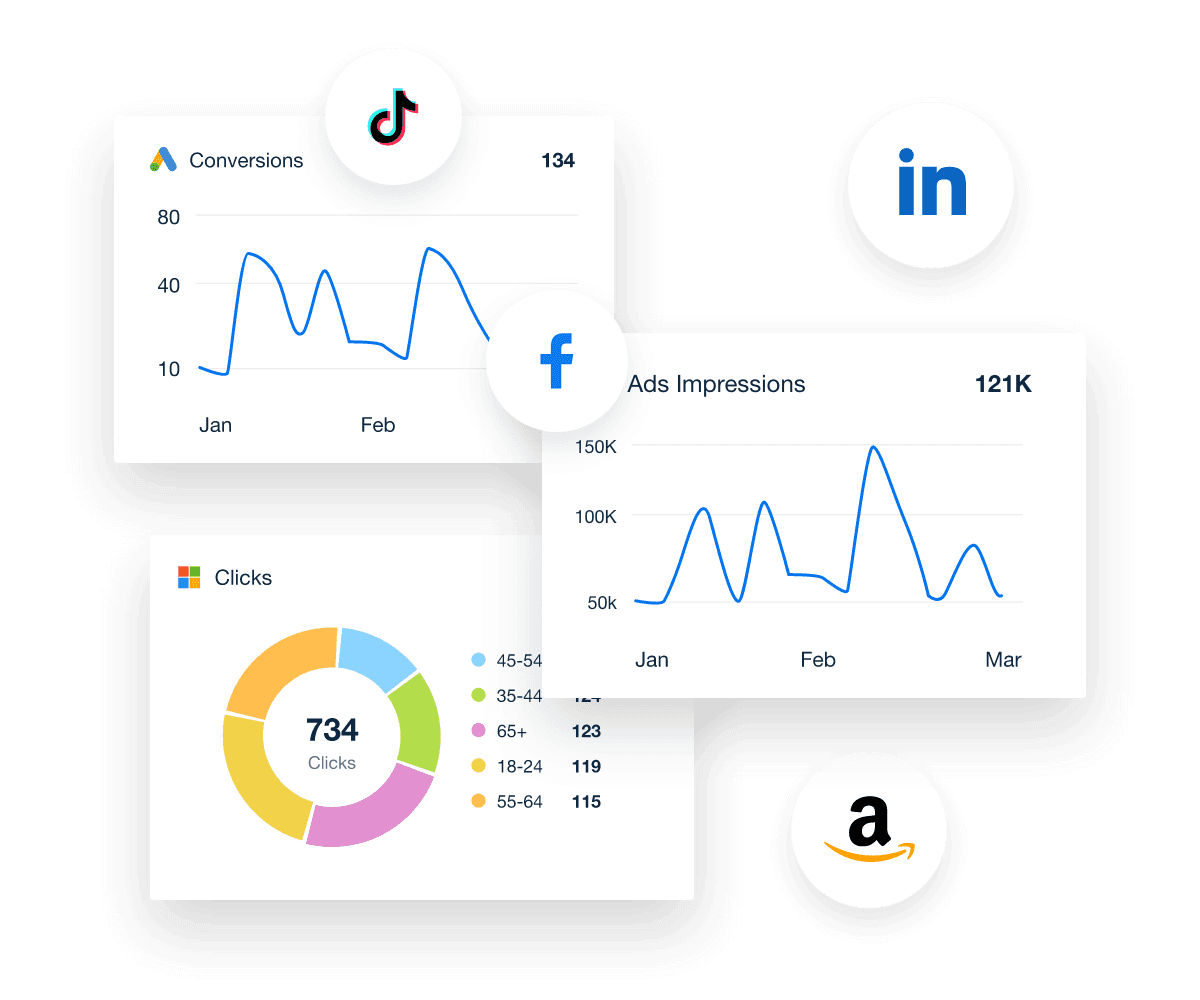
By following these tips, agencies create email marketing reports that provide valuable insights and reinforce their expertise and professionalism, leaving a lasting impression on clients.
Summary & Key Takeaways
While email marketing is one of the most profitable channels for marketers, it’s often one of the most challenging to master. In order to determine the exact return on email marketing and improve your results over time, you should invest time into tracking and monitoring these seven key metrics.
Adding these key performance indicators to your client reports and monitoring them on a regular basis will not only benefit your relationship with your client, but will also provide you with valuable data to optimize future campaigns.
If you want to automate the process of tracking and reporting your results, check out our prebuilt email marketing report template or a comprehensive KPI report template here.
Join more than 7,000 marketing agency customers and start automating your email marketing reports today. Try AgencyAnalytics free for 14 days.
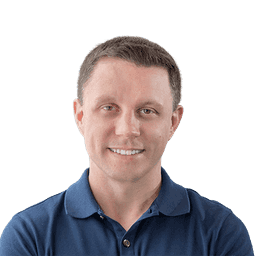
Written by
Joe is the co-founder and CEO of AgencyAnalytics, a marketing reporting platform used by more than 7,000 agencies. With experience creating multiple businesses, he thrives on tackling the challenges of sustainable growth and innovation.
Read more posts by Joe KindnessSee how 7,000+ marketing agencies help clients win
Free 14-day trial. No credit card required.



